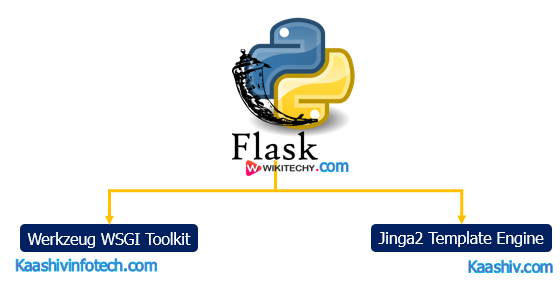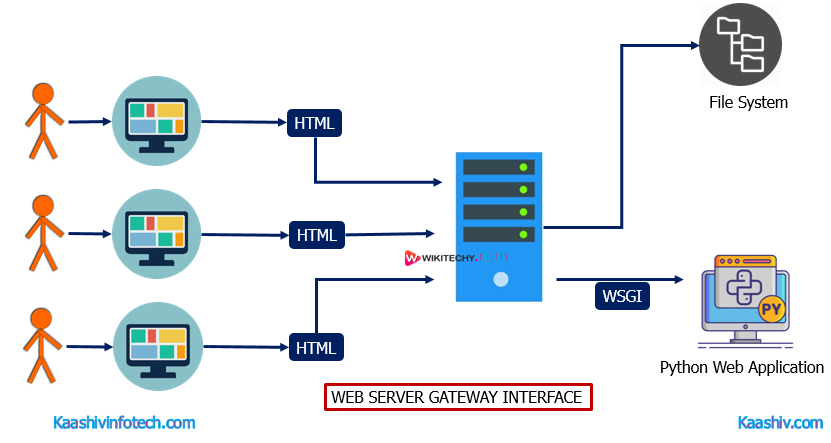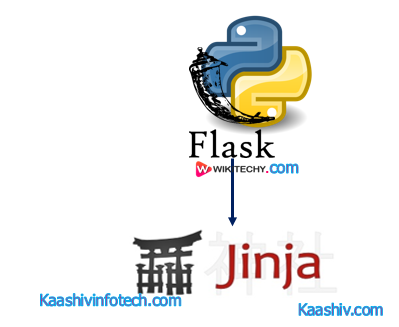Flask in Python
- Flask is a web framework. It’s a Python module that lets you develop web applications easily. It’s has a small and easy-to-extend core.
- It’s a micro framework that doesn’t include an ORM (Object Relational Manager) or such features.
- It does have many cool features like URL Routing, template engine. It is a WSGI web app framework.

Flask
What is WSGI ?

Web Server Gateway Interface
What is Jinja2 ?

Jinja
Flask Environment Setup
To install Python flask on the system, You need to have python 2.7 or higher installed on our system.
- Install virtual environment (virtualenv)
- virtualenv is considered as the virtual python environment builder which is used to create the multiple python virtual environment side by side. It can be installed by using the following command.
$ pip install virtualenv- Once it is installed, we can create the new virtual environment into a folder as given below.
$ pip install virtualenv- To activate the corresponding environment, use the following command
$ venv/bin/activate- On windows, use the following command.
$ venv/bin/activate
$ venv\scripts\activate- We can now install the flask by using the following command.
$ pip install flask- However, we can install the flask using the above command without creating the virtual environment.
